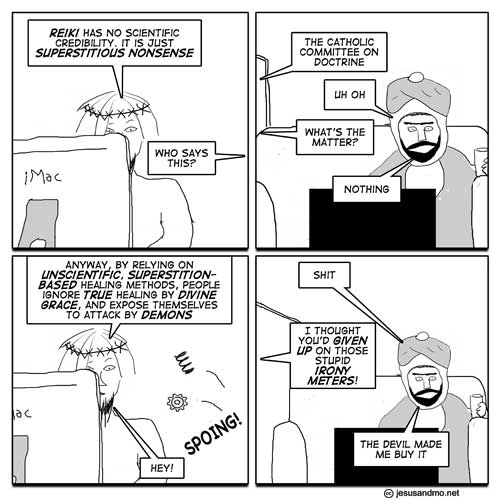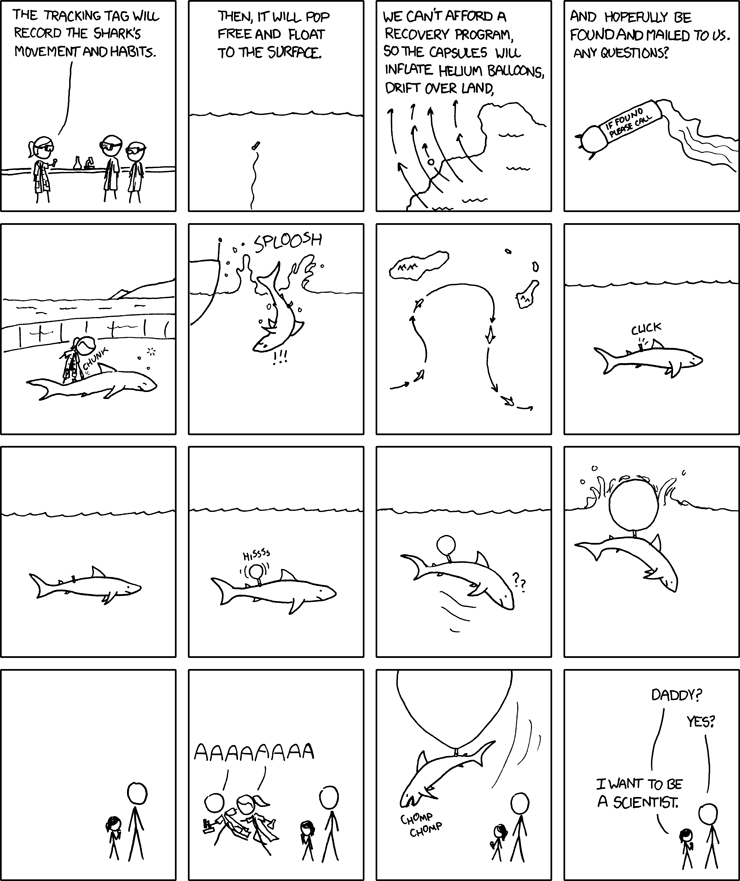Here's a taste


















We arrived about 45 minutes early, which gave us a chance to check out the books that were on sale before the stand was swarmed by other attendees. I bought a copy of ‘Animal Liberation’.
Everyone from our group (about 10 people, I think. Maybe a few more) arrived and we went and got some pretty good seats up near the front. Margaret, whose birthday it was (happy birthday, Margaret!) was sitting next to one of the cameramen, who got into a discussion about the origins of the Flying Spaghetti Monster, and explained that the talk was being taped for ‘ABC 2 Forum’, so keep an eye out for it (I’ll post it on the blog if I find it).
Singer started by explaining that this book has been 30 years in the making, as it pulls together a variety of ideas that have been discussed in part in the article ‘Famine, Affluence and Morality’, and in bits and pieces across many of his other books, but it was a topic that, to comprehensively cover it, would require a full book of it’s own.
Over the time that has passed since his article on Famine, Affluence and Morality, Singer noted that the percentage of people in the world living in ‘Extreme Poverty’ (under $1US a day) has dropped from approximately 40% to around 25%. This is an encouraging statistic, no matter how you look at it!
Singer then explained the pond dilemma. If you see a child drowning in a shallow pond, almost all people would jump in and save them. Now imagine that you are wearing a brand new pair of nice business shoes, worth a couple of hundred dollars. Now would you save the child, at the cost of ruining your shoes? Again the answer is an almost unanimous YES!
This is the basic moral argument of the book. It is, in most cases, worth paying a small personal cost for a large social gain.
There are, Singer explained, 27000 children under 5 dying every day. Would it not be worth a little of your money, which you probably would have spent on something you didn’t need, to make a difference in that statistic?
Singer explained that there is a strange attitude towards focused tragedy, such as the September 11 attack, when more children are dying each day than the number of people killed in that single act. By supplying the funding to provide mosquito nets, immunisation and health care clinics, we (those of us lucky enough to live comfortably in the first world) have the ability to actually save lives!
Singer made a point that you have to be sceptical bout the statistics given to you. For example, for the cost of a single mosquito net, you will not be saving a child’s life. Not all children with out nets die, not all children with nets are fully protected. Instead of the, as advertised, ‘$10 to save a life’, the cost per life saved is actually in the hundreds of dollars, once you crunch the numbers, which brings you back to the pond analogy and saving a life for the price of a pair of shoes.
Where the real world poverty problem diverts from the pond analogy is that there is only one child to be saved in a pond, whereas there are millions of children to be saved from poverty, so how much can you be expected to give away without causing your own economic problems?
The practicality of giving away all but the absolute necessities doesn’t work. There are a few people (1 in a million or more) who live this kind of existence and give everything that they don’t immediately require, but you are never going to expect the wider population to share this ethic. It’s unrealistic. Singer’s solution is that by gradually raising communities’ standards, so that many people are giving a small amount each, we will actually be making a bigger difference than a small number of people giving everything.
Singer then described the different minimum standard donations that he prescribes for different income brackets.
For those earning up to
$100k, a 5% donation will suffice (up to $5k a year donated)
$100k- $1M- a 10-15% donation should be possible
$1M plus, a 30% donation should be made.
I’m sure this is the part that most people are going to have difficulty with. I’m thinking, at this stage, that for me to give up a few thousand dollars per year to charity is an unrealistic ask! (however, after thinking about it, I have decided that I will try to give a respectable amount to charities that I can be sure are spending the money wisely, and not using it to further any peripheral goals)
You can pledge to donate at the life you can save. The Sydney Atheists will be looking into a group pledge.
And so ended Singer’s talk. You can find out more about what you can do to help minimise poverty by getting a copy of Singer’s book.
There followed a QnA session.
Eran, a regular at the atheist meetings, and a member of the Australian Skeptics, asked about the mismanagement of funds and the problems inherent in giving money to a corrupt regime.
Singer’s response was that there are many charities that are fairly reliable and trustworthy in disseminating donated funds to where it will make the most difference, such as Oxfam, Unicef and the Gates foundation. He admits that the occasional scandal does happen, but that does not mean that withholding donations totally is the correct response. Also, it is advisable to donate to charities that give money to NGOs, who generally distribute the funds more appropriately than a ‘regime’ might.
Then, a man asked about the ‘superogatory ethico-moral duties privileged nations to provide not only funds, but sustainable means of selfperpetuatalising pericombobulations. (I think it was an arts major)
Singer then explained that sustainability must be considered whenever developing and providing resources to the third world. How he understood the question, I’ll never know!
Someone got up and proposed that a more fitting conclusion to the pond analogy would be that after saving the child, the protagonist then goes about his job as a shallow pond digger! Singer seemed to like this analogy and suggested that there would be a more in-depth explanation of such issues in his book.
Perhaps the most interesting question (to the nature of this blog and the Sydney Atheists in general) was “Do you believe in a god and if so, do you believe that you should have been consulted in the creation?” To which Singer’s response was “I think that the second part of the question answers the first. If there was a god, then we wouldn’t be in the situation we are now.” “All life can be best explained through the process of evolution [sic]”
After the talk, we had a chance to meet him (as did everyone else in attendance, if you waited in line long enough!), 
If you’re interested in Peter Singer and are in the
BONUS VIDEO!
Peter Singer debating Dinesh D’Souza
Also, Phillip Adams interviewed Singer on the day of this talk. Listen to it here.